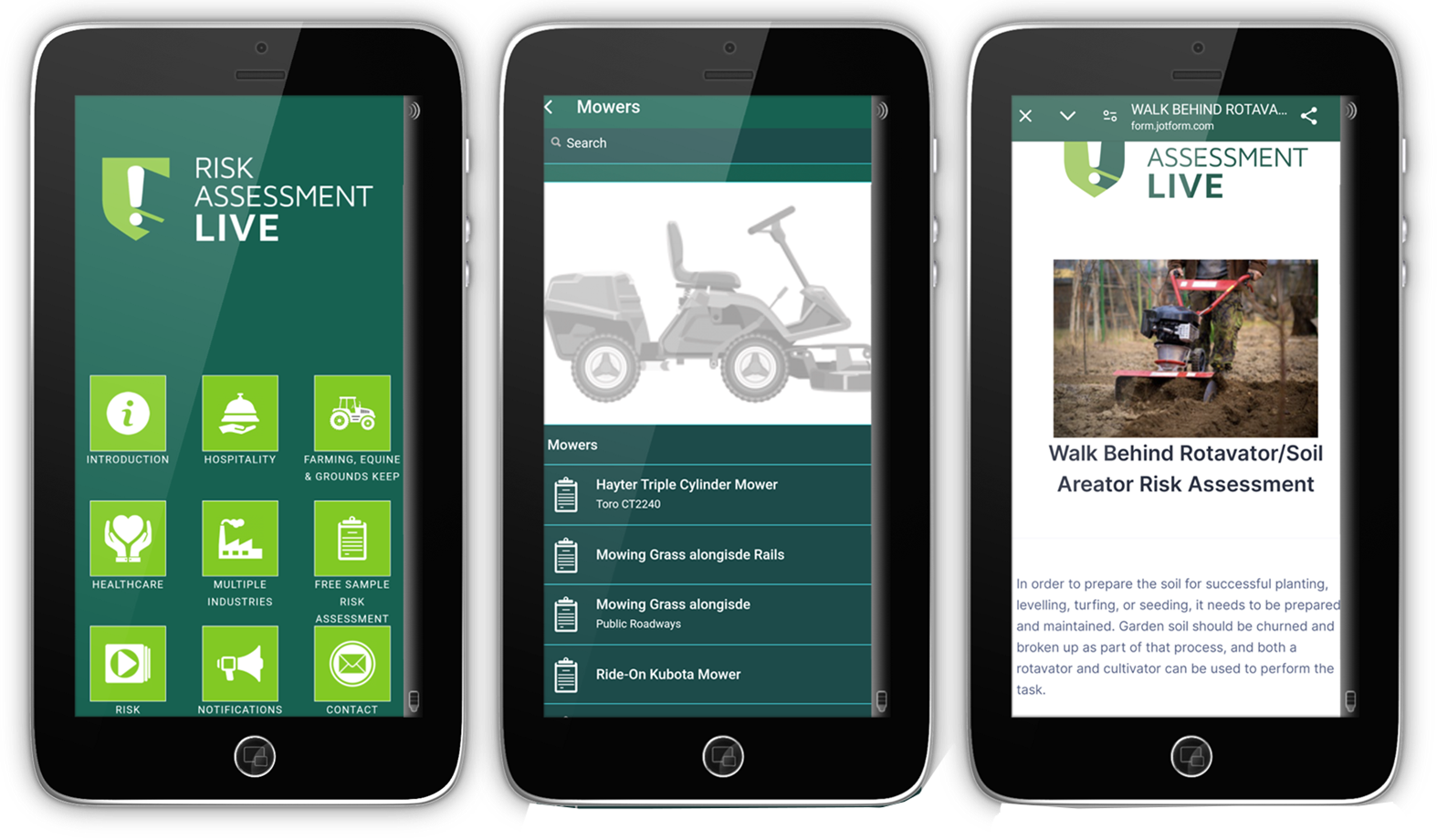Essential Health and Safety Policies for Businesses in the UK
What are the essential health and safety policies that every UK business should have in place

Health and safety policies are the backbone of a safe and productive workplace. In the UK, businesses must comply with legal obligations to protect their employees, customers, and the public. Failure to do so can result in significant legal and financial consequences.
In this blog, we’ll explore the essential health and safety policies that every UK business should have in place to remain compliant and create a safe working environment.
1. Health and Safety Policy
Every business with five or more employees is legally required under the Health and Safety at Work Act 1974 to have a written health and safety policy. This document outlines the company’s approach to managing workplace risks and protecting people.
What Should It Include?
- Statement of Intent – A commitment to health and safety signed by senior management.
- Responsibilities – Clearly defined roles and duties of employers, managers, and employees.
- Arrangements – The specific measures in place to manage risks, including training, reporting, and emergency procedures.
2. Risk Assessment Policy
Under the Management of Health and Safety at Work Regulations 1999, businesses must conduct risk assessments to identify potential hazards and implement control measures. A risk assessment policy ensures this process is carried out effectively.
Key Elements:
- Identification of Hazards – Regular workplace inspections and reviews.
- Assessment of Risks – Evaluating who may be harmed and how.
- Preventative Measures – Steps to eliminate or reduce risks.
- Documentation & Review – Keeping records and updating assessments as needed.
3. Fire Safety Policy
The Regulatory Reform (Fire Safety) Order 2005 requires businesses to implement fire safety measures to prevent fires and protect occupants.
What It Should Cover:
- Fire Risk Assessment – Identifying fire hazards and reducing risks.
- Emergency Evacuation Plan – Procedures for safe evacuation.
- Fire Safety Equipment – Proper installation and maintenance of fire extinguishers, alarms, and exits.
- Staff Training – Fire drills and awareness sessions.
4. Workplace Health and Wellbeing Policy
Promoting good health and wellbeing can improve productivity and reduce absenteeism. Employers have a duty to ensure employees have a safe working environment under the Health and Safety at Work Act 1974.
Policy Inclusions:
- Mental Health Support – Resources for stress management and mental well-being.
- Ergonomics – Guidance on safe workstation setups.
- Sickness & Absence Management – Procedures for reporting illness and returning to work.
- Encouraging a Healthy Lifestyle – Support for exercise, nutrition, and work-life balance.
5. Accident and Incident Reporting Policy
Reporting workplace incidents is crucial for preventing future accidents and ensuring compliance with the Reporting of Injuries, Diseases and Dangerous Occurrences Regulations (RIDDOR) 2013.
Essential Aspects:
- Reporting Requirements – What must be reported under RIDDOR.
- Investigation Procedures – How incidents are investigated to prevent recurrence.
- Record Keeping – Documentation of accidents, injuries, and near misses.
- Employee Responsibilities – How staff should report incidents.
6. Manual Handling Policy
Workplace injuries due to manual handling are common, so businesses must comply with the Manual Handling Operations Regulations 1992.
Key Components:
- Risk Assessments for Lifting and Handling Tasks.
- Training on Safe Manual Handling Techniques.
- Use of Mechanical Aids to Reduce Injury Risks.
- Encouraging Employees to Report Handling Concerns.
7. Control of Substances Hazardous to Health (COSHH) Policy
For businesses handling hazardous substances, a COSHH policy ensures compliance with the Control of Substances Hazardous to Health Regulations 2002.
Policy Must Cover:
- Identification of Hazardous Substances.
- Safe Handling, Storage, and Disposal Procedures.
- Health Monitoring for Employees at Risk.
- Providing Safety Data Sheets and PPE.
8. First Aid Policy
The Health and Safety (First-Aid) Regulations 1981 require businesses to provide adequate first aid facilities.
What It Should Outline:
- First Aid Kit Locations and Maintenance.
- Appointment of Trained First Aiders.
- Procedures for Responding to Medical Emergencies.
- Recording and Reporting First Aid Incidents.
9. Lone Working Policy
Businesses must protect employees working alone under the Health and Safety at Work Act.
Key Aspects:
- Risk Assessments for Lone Workers.
- Regular Check-ins and Communication Procedures.
- Emergency Response Plans.
- Training on Personal Safety.
10. Personal Protective Equipment (PPE) Policy
Employers must provide appropriate PPE under the Personal Protective Equipment at Work Regulations 1992.
Essential Elements:
- Risk-Based PPE Requirements.
- Proper Usage and Maintenance Guidelines.
- Training for Employees on PPE Use.
- Storage and Disposal Procedures.
Final Thoughts
Having robust health and safety policies is not just a legal requirement—it’s a critical component of running a responsible and successful business. By ensuring compliance with UK health and safety laws, businesses can protect their workforce, reduce workplace incidents, and foster a positive working environment.
If your business needs guidance in developing or updating its health and safety policies, consider consulting a professional health and safety advisor from Cambridge Safety Solutions. email: trevor@cambridgesafetysolutions.com or call:01223 258156
There are also downloadable editable versions available from www.riskassessment.live. Stay Safe. Stay Compliant. Protect Your People!

Health & Safety Made Simple
CONTACT
Tel No: 01223 258156
Email: trevor@cambridgesafetysolutions.com
All Rights Reserved | Risk Assessment.Live


